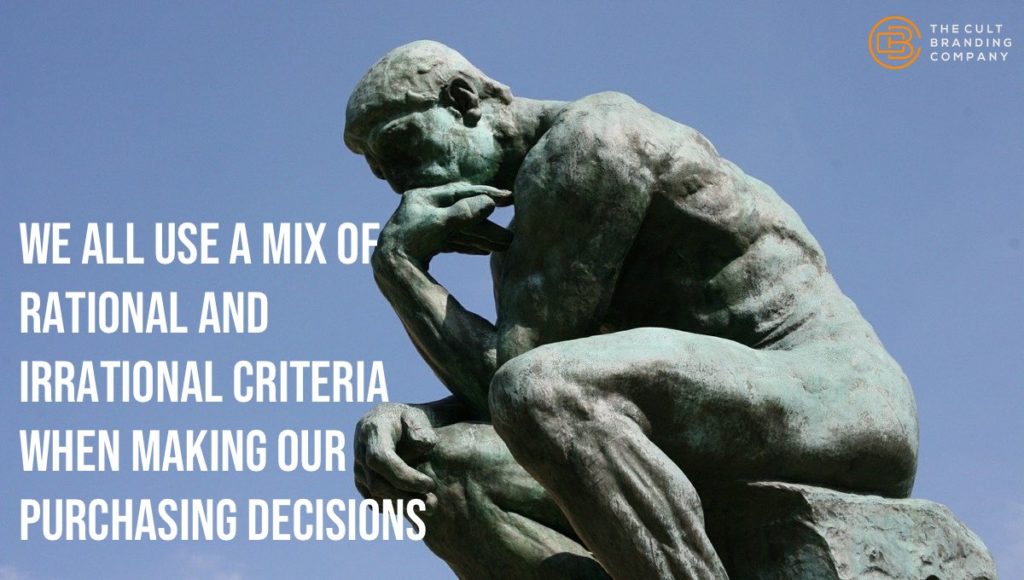Do you recognize that image in the corner? It’s a shot from NBC’s Today show, covering the Cronut phenomenon. Cronuts, in case you haven’t heard, are the legendarily delicious pastry creation of the Dominique Ansel Bakery in New York City. Only 200-250 are produced each day, and you can only buy 2 at a time. People are willing to stand in line for hours to get a Cronut, and if you don’t have the time to invest, don’t despair. An underground Cronut economy has sprung up, with scalpers more than happy to sell you the $5 treat for a cool $30.
The media has been going nuts trying to figure out what’s going on here. Reporter after reporter has gotten testimony that the Cronut is, indeed, delicious. But there are over 4,000 bakeries in New York City — and that’s not even counting the street vendors and food trucks that have more than a few scrumptious baked goods for sale.
To understand the Cronut phenomenon, you need to know one thing. The Cronut may be very good. But it is the experience of getting the Cronut that is even better.
Cult Brands Deliver Memorable Experiences
Buying a Cronut is not a simple endeavor. The high demand and low supply requires New Yorkers to do something antithetical to their kind: stand patiently in line and accept the fact that they may, in fact, be disappointed. It’s a low-cost version of the heroes quest. Demands are put upon one, albeit only for patience and civility, and at the end, there’s the uncertain promise of a reward. You may get your Cronut, you may not.
Ultimately, it doesn’t matter whether or not you’ve gotten the Cronut. What matters to the people lining up is that they’ve been part of the Cronut experience. They have a unique story to tell, their own personal angle of the story of the moment. Even those folks who pay scalpers for Cronuts are participating in the larger narrative: for the price of a few dollars more, they can position themselves as the possessor of the smartest sweet tooth.
The stories we tell about the experiences we actually have are most valuable form of social currency we have. Cult brands know this, and go out of their way to provide experiences that are worth talking about. Every time a customer lines up at the Dominique Ansel Bakery, they may or may not come away with a Cronut. But they definitely will have a story that they can tell to their family and friends for years to come.
Be a Better Brand Manager: The Essentials
Having great products and services is only the starting point. To create a Cult Brand, you need to identify and deliver an experience your customers will want to share with all of their family and friends.
The stories we tell about our own direct experiences are the most valuable form of social currency. Customers value these stories more highly than stories they can tell about things that happened to someone they knew or heard about.
Scarcity has its role in the marketing mix. Combining limited supply with a positive experience is an irresistible combination.

